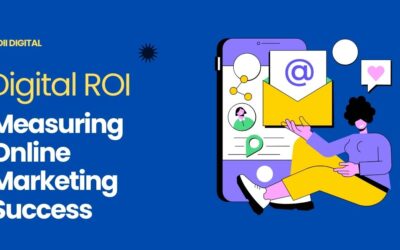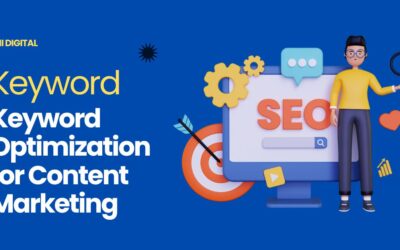Email marketing remains crucial to effective online communication and company expansion in the digital era. However, what is E-mail marketing, and how can it help your company? In-depth explanations of email marketing’s definition, advantages, best practices, and potential for generating results are provided in this thorough reference. This article will give enlightening advice and helpful direction to enable you to effectively harness the power of E-marketing, regardless of your level of experience in the field or familiarity with the concept.
1. Defining Email Marketing: Understanding the Basics
This section will delve into the fundamental concept of email marketing. We’ll provide a clear definition, outline its purpose, and discuss how it differs from other marketing channels. Setting the groundwork for effective campaigns requires an understanding of the fundamentals of E-marketing.
2. The Benefits of Email Marketing: Why It Matters
Why should businesses invest in email marketing? This section will explore the numerous benefits and advantages it offers. From building customer relationships to driving conversions and fostering brand loyalty, we’ll examine why E-marketing matters and how it might benefit your life’s bottom line.
3. Critical Components of Successful Email Marketing Campaigns
Specific vital components must be in place to run effective E-marketing campaigns. We’ll dive into these components:
- Building a quality email list
- Crafting compelling subject lines
- Designing visually appealing and mobile-responsive emails
- Optimizing call-to-action buttons
Adhering to these recommendations can increase the likelihood that receivers will open, read, and reply to your emails.
4. Types of Email Marketing Campaigns
Email marketing offers various campaign types to engage your audience effectively. We’ll explore multiple campaign examples: welcome emails, promotional offers, newsletters, abandoned cart reminders, and customer re-engagement emails. Personalize your E-marketing plan to achieve social media marketing your unique objectives by being aware of the various campaign kinds and their objectives.
5. Email Automation: Streamlining Your Marketing Efforts
In email marketing, automation is a game-changer since it enables you to scale up the delivery of timely and personalized communications. The advantages of email automation, standard automation procedures, and advice on how to set up and improve your automated campaigns are all covered in this section. Embracing email automation will save you time, enhance efficiency, and deliver a more tailored experience to your subscribers.
6. Crafting Compelling Email Content: Tips for Engagement and Conversion
The content within your emails plays a pivotal role in capturing your audience’s attention and driving desired actions. We’ll delve into strategies for crafting compelling email content, including storytelling techniques, personalization, segmentation, and A/B testing. Implementing these tactics maximize engagement, increases conversions, and nurtures more robust relationships with your subscribers.
7. Nurturing Subscriber Relationships: Building Trust and Loyalty
Thriving E-marketing goes beyond one-time campaigns; it focuses on building long-term relationships with subscribers. We’ll explore strategies for nurturing these relationships, including providing valuable content, exclusive offers, and personalized experiences. By fostering trust and loyalty, you’ll cultivate a solid subscriber base that actively engages with your brand.
8. Tracking and Measuring Email Marketing Performance
Tracking and analyzing key performance metrics is crucial to gauge your email marketing efforts’ effectiveness. We’ll discuss the essential metrics to monitor: open rates, click-through rates, conversion rates, and subscriber growth. We’ll also explore the available tracking and analytics tools, providing insights on interpreting the data and optimizing your campaigns for better results.
Conclusion
Businesses continue to benefit significantly from email marketing. Seeking to connect with their audience, nurture relationships, and drive conversions. By understanding The fundamentals, leveraging best practices, and continuously refining your strategies, you can harness the true potential of E-Marketing. In the dynamic world of EM, remember that giving value, personalization, and relevance are the keys to success.



